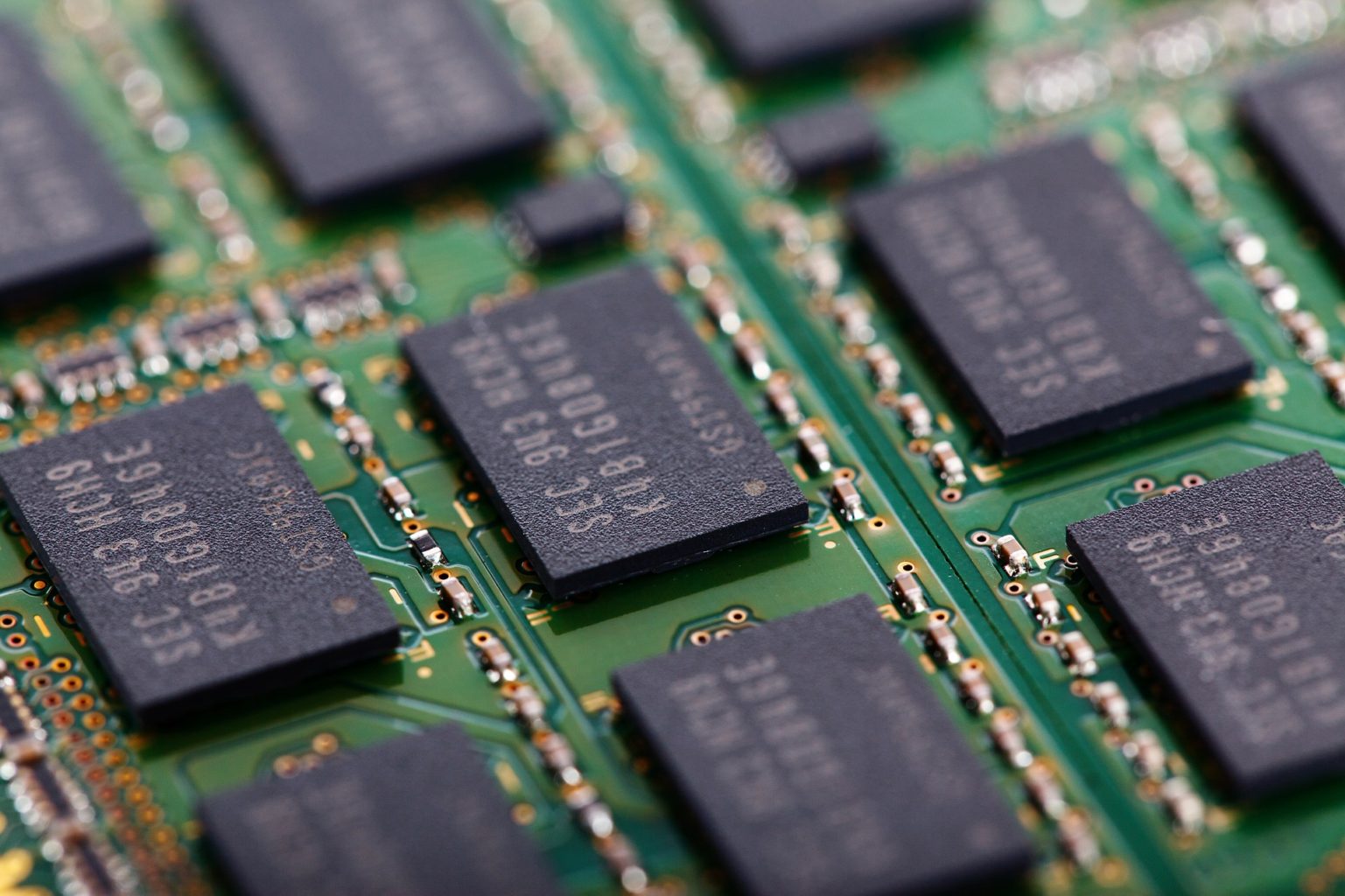Spintronics and the future of computing
60 years ago ENIAC, the world’s first programmable computer, shut down after eight years of continuous operation. It was the size of a whole room and it could perform a whopping 500 operations per second, a billion times slower than the humblest of computers nowadays.
Indeed, ever since then, computing power has on average doubled every two years. This outstanding fact owes it all to the invention of the transistor. In fact ENIAC was based on older vacuum tube technology, which is where we get the term ‘computer bug’ (a moth entered one of the tubes and caused havoc).
Transistors are simple semiconductor devices that can be used to amplify signal or switch it on and off. It is because they are so conceptually simple that we’ve been able to make computers faster and smaller but that trend is starting to slow down as we reach theoretical limits on how small a conventional transistor can be. Thankfully, the scientific world is hard at work trying to find new ways to build the next generations of computer.
One of these emerging technologies is in the field of spintronics, a portmanteau of spin transport electronics. Conventional computers rely on the electron’s charge to store and move information. The physical ones and zeroes of a computer are tiny capacitors that store charge; if a capacitor is full of charge, the bit is on (one) or if the capacitor is empty, the bit is off (zero).
Charge is not the only useful property that electrons have. Electrons also have a property that scientists call ‘spin’ which (surprise, surprise) is what spintronics is based on. Spin is an effect based on the interplay of Einstein’s special relativity and quantum mechanics but the term is a misnomer. Although much of the maths behind spin is very similar to the maths behind rotations, electrons do not spin at all (to get the effects we see, an electron would have to spin faster than the speed of light!). And unlike a normal spinning top, an electron’s spin can only take two values, which we call ‘spin up’ and ‘spin down’.
‘Up’ and ‘down’ are just labels for the two states and those could easily be ‘plus’ and ‘minus’ or even ‘on’ and ‘off’. So we can imagine a single electron as one bit and theoretically a computer could be the size of a cell. In reality it is very unlikely that we will ever be able to achieve that level of miniaturisation but even realistic spintronic devices could be orders of magnitude smaller than current devices.
But processors are not the only computer component that spintronics hopes to revolutionise. Indeed, it already revolutionised the world of hard drives, back in the 90s. The 2007 Nobel Prize for Physics went to the discovery of Giant Magnetoresistance (GMR), an effect that is the foundation of every hard drive in the world.
Looking even further into the future, there are plans for universal computing devices that will be capable of storing and manipulating information. A computer without multiple components will be smaller, sturdier and much more power-efficient.
The march of computer technology has been relentless for the past 60 years and scientists must also be relentless in their chase for exotic new ways of breaking the rules.
Spintronics is not the only approach towards better, faster computers. From simply trying to find novel ways to use everyday materials to more exotic fields such as DNA computing or quantum computing, scientists from every field have ideas for the next big thing. Which technology will win? Only time can tell.

Comments